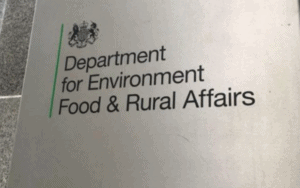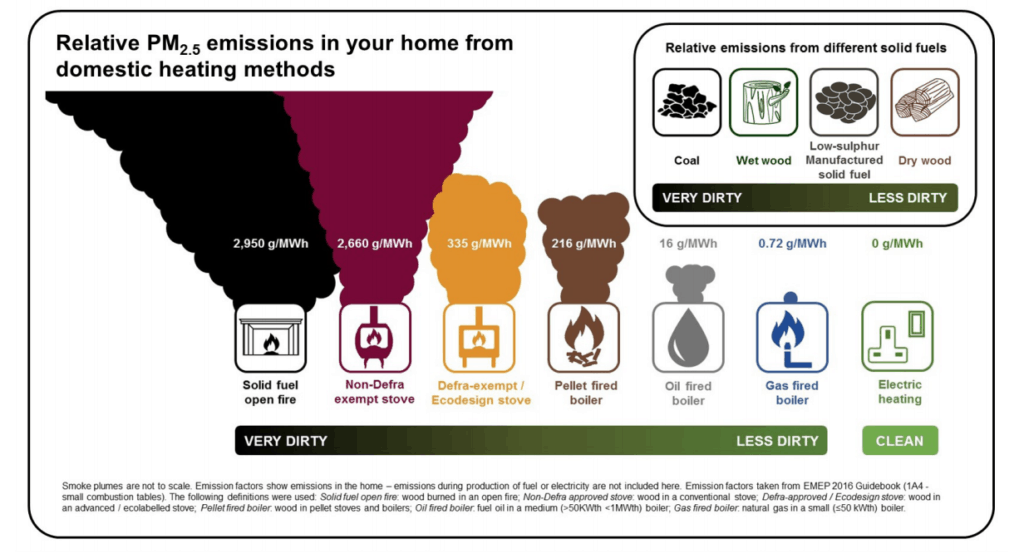 Last week DEFRA released their draft Clean Air Strategy document. This Clean Air Strategy outlines DEFRAs ambitions relating to reducing air pollution, making our air healthier to breathe, protecting nature and boosting the economy.
Last week DEFRA released their draft Clean Air Strategy document. This Clean Air Strategy outlines DEFRAs ambitions relating to reducing air pollution, making our air healthier to breathe, protecting nature and boosting the economy.
The release of their Clean Air Strategy was followed up by a number of interviews given by Michael Gove – Secretary of State for Environment, Food and Rural Affairs.
The DEFRA Clean Air Strategy can be downloaded at:
https://consult.defra.gov.uk/environmental-quality/clean-air-strategy-consultation/
The DEFRA Clean Air Strategy, a 90+ page document found on the above link, has some misleading quotes, such as:
“For example, a recent rise in the popularity of wood burning stoves and open fires is making a significant contribution to particulate matter – tiny particles that get into the lungs and blood and are transported around the body becoming lodged in the heart, brain and other organs”
Grouping wood burning stoves and open fires in this sweeping statement is misleading. It assumes they are both as bad as each other.
Another quote….
“38% of UK primary PM emissions come from burning wood and coal in domestic open fires and solid fuel stoves”
We would like to see of this 38%, what amount is coming from inefficient open fires, and what amount is coming from high efficiency wood burning stoves.
Highlighting the differences between the various heating sources:
These two quotes aside – looking further into the DEFRA Clean Air Strategy document, at point 6.3 they do mention that “Not all forms of domestic burning are equally polluting” and supports this with a useful image, that outlines pollution by heating source (see below).
This diagram shows the emissions of an open fire, which in other parts of the document, they group with wood burning stoves. The astounding fact drawn from here is that an open fire is around 780% more polluting than an ecodesign stove.

Press Reaction:
There was a strong press reaction after the announcement of this strategy. Michael Gove was interviewed on a number of TV programmes and papers, and he conveyed a number of useful key messages related to cleaner heating and especially wood burning stoves:
1. He made a distinction between wet and dry wood – and further talked about removing wet wood and coal as fuels – both of which increase pollution compared to dry, seasoned wood.
2. He made no mention about banning wood burning stoves.
3. He made a key distinction between rural and urban areas and the impact of air pollution in the two very different areas.
4. He talked about improving air quality by ensuring the right appliances with the right fuels.
The Telegraph did produce an article titled “Polluting Wood Burning Stoves Banned”. However, since this article with a rather misleading headline, they have produced another article, which can be found at:
https://www.telegraph.co.uk/interiors/home/wood-burning-stoves-do-new-rules-meanheater/
In Conclusion:
Generally we feel this strategy, while at times, still may appear to group stoves and open fires as one, is a positive move, which from our perspective, is starting to acknowledge and highlight the fact that there is significant differences between different heating sources, and polluting impact on the environment.








